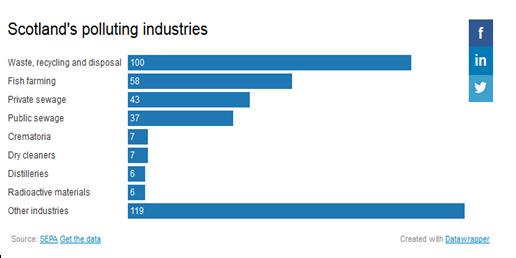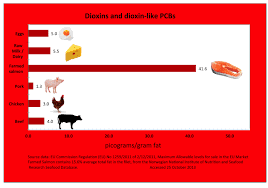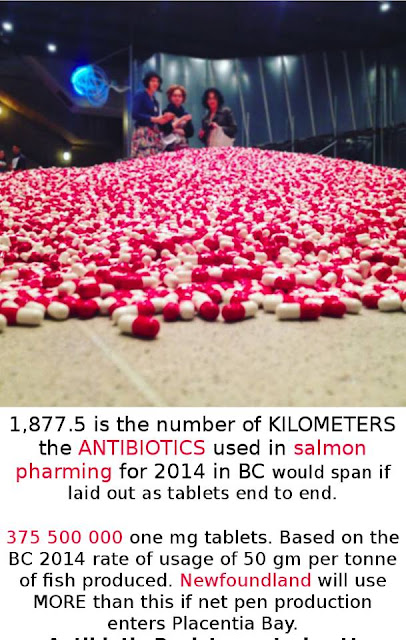Here are some 2013 stats:
Sport Fishing How We $$tack Up – Feb 6, 2013
Posted by me under General
Here are my column from this week and the table of figures that shows sport fishing is the biggest sector of the fish industries.
Last week’s column highlighted a study that says fish farms decrease wild salmonid populations on average by 50%. This is where all the wild salmon are going, why the ywest coast of Van Isle has only 6,000 wild spawning chinook from the San Juan River to Quatsino Sound. Shame on DFO.
Sport Fishing – How We $$tack Up
A report I have been waiting for for five years has finally come out. BC Stats, a BC government agency, has released its 2011 stats on the part of our economy related to fish, seafood, processing and sport fishing. These are the only stats you should believe as they rigorously eliminate the effects of inflation, double counting, and they lay out their realistic multipliers and caveats completely.
Other estimates, such as those from DFO, the BC government, CFIA and fish farms, are blue sky hopes, and not very grounded in reality. The BC Stats punch line is: sport fishing is far and away the most important part of our province’s fish economy, and at $325.7 (all figures in millions and constant 2002 dollars) is 48.8% of the $667.4 contributed to BC’s Gross Domestic Product, with the smallest sector being aquaculture at $61.9 or only 9.3%.
As the biggest, sport fishing deserves most of the money spent on what we want. Commercial sector employment has dropped 50% in the past decade and currently employs 1,400. The drop is largely related to lack of fish, and that is DFO’s responsibility. We have waited almost 40 years for it to implement the Salmon Enhancement Program properly, and put more salmon in the sea. It needs to come clean with the Cohen Commission Report, by severing its conflicting ties with fish farms (three months after the Report release and there still is no reply from DFO), take the precautionary principle seriously, implement the Wild Salmon Policy, bring in a new coastal director general, do the habitat work it has never done completely and put fish farms on land.
Employment in all aquaculture types is 1,700 positions or 12.2% of the fishing sector total of 13,900, while sport fishing is a whopping 8,400 positions for 60.4% of the entire sector. We deserve our tax dollars spent on what we want and that is wild salmon. (No doubt commercial guys would agree). In terms of wages and salaries, sport fishing pays out big, too, at $218.9 – over 57% of the entire sector. It is only $55.7 for all of aquaculture – 14.5%.
And do remember that DFO and the fish farms have in the past liked to say it is 6,000 employment and $800 Million. Sorry, only BC Stats is rigourous and reliable. And remember that in late 2011, the large fish farms released their actual employment and it counted up to only 820 actual jobs – even below the BC Stats figures. Marine Harvest had to let staff go and has had a rocky 2012, losing millions to Kudoa in the past two years (makes fish flesh turn to mush). Do note that wages for the commercial sector were only $8.4, however, an additional $70, is warranted because owner/operator profits are not technically ‘wages/salaries’. Again declining wages point to a lack of wild fish – a DFO responsibility. See a table of all the figures at: www.catchsalmonbc.com.
In 2011 dollars, total revenues are: Commercial – $344.8; Processing – $427.5; Sport Fishing – $936.5 and, aquaculture – $469.0, meaning that sport fishing, at 43.0% of the $2.2 billion total, is twice – or more – the size of any of the other sectors. And we don’t buy much farmed salmon – I calculate less than $5 per person per year. So, DFO: show us the – wild salmon – money!
Go to www.fishfarmnews.blogspot for the summary table. I could not load the table properly on this site, so have made it the first item on the farmfarmnews site.
This is the BC Stats document that I used:
http://www.bcstats.gov.bc.ca/Statis...stry/FisheriesAquacultureHuntingTrapping.aspx.
.
Sport Fishing How We $$tack Up – Feb 6, 2013
Posted by me under General
Here are my column from this week and the table of figures that shows sport fishing is the biggest sector of the fish industries.
Last week’s column highlighted a study that says fish farms decrease wild salmonid populations on average by 50%. This is where all the wild salmon are going, why the ywest coast of Van Isle has only 6,000 wild spawning chinook from the San Juan River to Quatsino Sound. Shame on DFO.
Sport Fishing – How We $$tack Up
A report I have been waiting for for five years has finally come out. BC Stats, a BC government agency, has released its 2011 stats on the part of our economy related to fish, seafood, processing and sport fishing. These are the only stats you should believe as they rigorously eliminate the effects of inflation, double counting, and they lay out their realistic multipliers and caveats completely.
Other estimates, such as those from DFO, the BC government, CFIA and fish farms, are blue sky hopes, and not very grounded in reality. The BC Stats punch line is: sport fishing is far and away the most important part of our province’s fish economy, and at $325.7 (all figures in millions and constant 2002 dollars) is 48.8% of the $667.4 contributed to BC’s Gross Domestic Product, with the smallest sector being aquaculture at $61.9 or only 9.3%.
As the biggest, sport fishing deserves most of the money spent on what we want. Commercial sector employment has dropped 50% in the past decade and currently employs 1,400. The drop is largely related to lack of fish, and that is DFO’s responsibility. We have waited almost 40 years for it to implement the Salmon Enhancement Program properly, and put more salmon in the sea. It needs to come clean with the Cohen Commission Report, by severing its conflicting ties with fish farms (three months after the Report release and there still is no reply from DFO), take the precautionary principle seriously, implement the Wild Salmon Policy, bring in a new coastal director general, do the habitat work it has never done completely and put fish farms on land.
Employment in all aquaculture types is 1,700 positions or 12.2% of the fishing sector total of 13,900, while sport fishing is a whopping 8,400 positions for 60.4% of the entire sector. We deserve our tax dollars spent on what we want and that is wild salmon. (No doubt commercial guys would agree). In terms of wages and salaries, sport fishing pays out big, too, at $218.9 – over 57% of the entire sector. It is only $55.7 for all of aquaculture – 14.5%.
And do remember that DFO and the fish farms have in the past liked to say it is 6,000 employment and $800 Million. Sorry, only BC Stats is rigourous and reliable. And remember that in late 2011, the large fish farms released their actual employment and it counted up to only 820 actual jobs – even below the BC Stats figures. Marine Harvest had to let staff go and has had a rocky 2012, losing millions to Kudoa in the past two years (makes fish flesh turn to mush). Do note that wages for the commercial sector were only $8.4, however, an additional $70, is warranted because owner/operator profits are not technically ‘wages/salaries’. Again declining wages point to a lack of wild fish – a DFO responsibility. See a table of all the figures at: www.catchsalmonbc.com.
In 2011 dollars, total revenues are: Commercial – $344.8; Processing – $427.5; Sport Fishing – $936.5 and, aquaculture – $469.0, meaning that sport fishing, at 43.0% of the $2.2 billion total, is twice – or more – the size of any of the other sectors. And we don’t buy much farmed salmon – I calculate less than $5 per person per year. So, DFO: show us the – wild salmon – money!
Go to www.fishfarmnews.blogspot for the summary table. I could not load the table properly on this site, so have made it the first item on the farmfarmnews site.
This is the BC Stats document that I used:
http://www.bcstats.gov.bc.ca/Statis...stry/FisheriesAquacultureHuntingTrapping.aspx.
.




